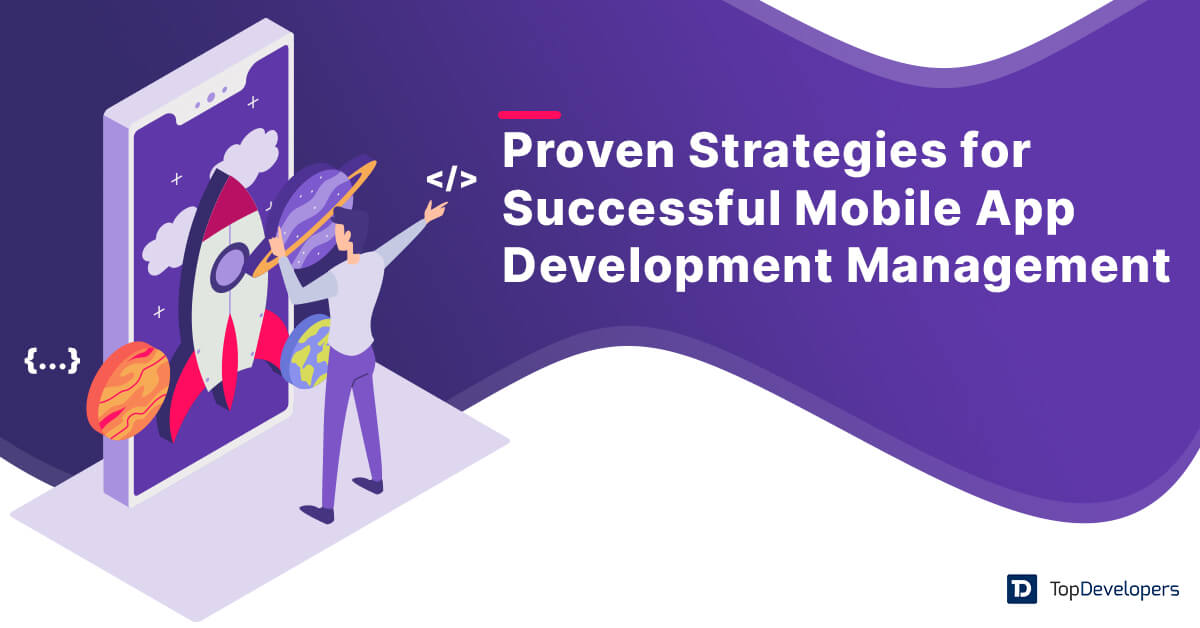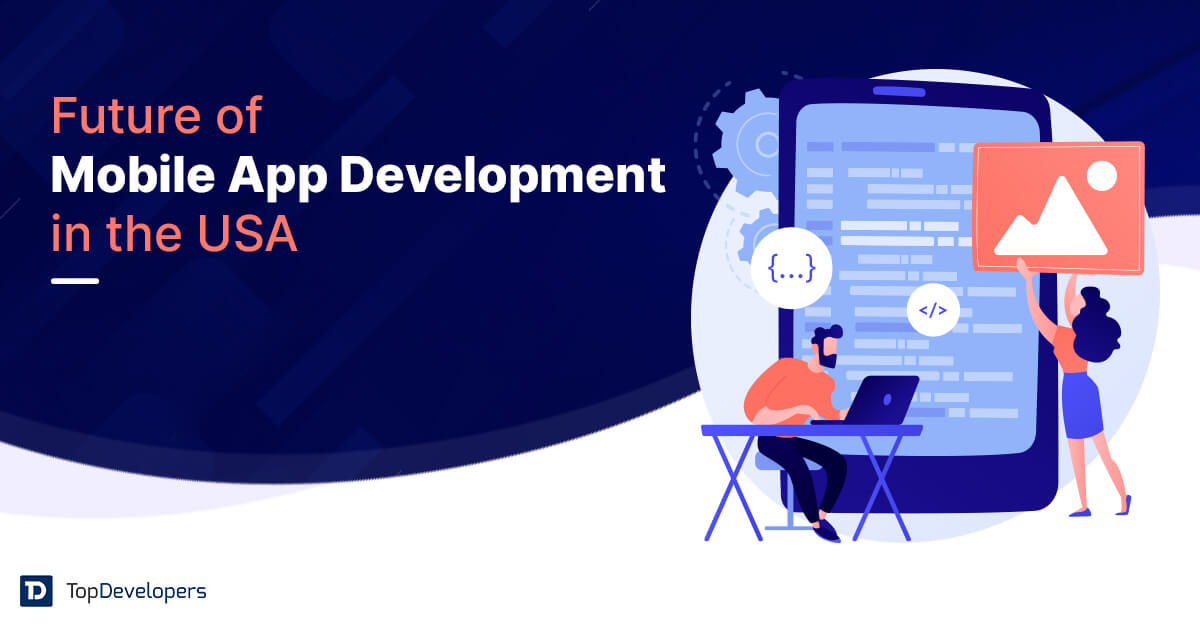
Mobilization enabled providing services cross-borders. The convenience has helped businesses increase user outreach and connect with targeted users. However, language impedes the app’s growth when the app’s target audience speaks and understands different languages and dialects. The mobile app that considers the English language as an only medium of communication, the app’s accessibility becomes limited, the number of downloads goes southwards, and ultimately hurts revenue.
It concludes building an app that supports multiple languages saves businesses from losing the opportunity to competitors. Also, building various monolingual apps for different languages is not a feasible option. That’s why creating multilingual apps is an ideal solution.
In this blog, we will discuss, what is a multilingual app, the reasons to build a multilingual app, and the process of building a multilingual application. Let’s dive in!
Table of Contents
What is multilingual app development?
Multilingual app development refers to creating mobile applications that can be used by people who speak different languages. In a multilingual app, the user interface, content, and interactions are designed and implemented to accommodate users from various linguistic and cultural backgrounds. The goal is to provide a seamless and comfortable user experience for users regardless of their language preferences.
Multilingual app helps with localization of content, user interface, text formatting, date and time format, and language switching. It’s crucial for reaching a global audience, expanding user engagement, and catering to diverse user needs. It requires collaboration with mobile app development companies to create an app that resonates with users from various linguistic and cultural backgrounds.
Why the multilingual app is a need of the hour?
Multilingual app development is essential in today’s digital landscape due to various reasons, which we will discuss in this section.
Global Audience: A multilingual app ensures that your content is accessible and understandable to users regardless of their language or location.
Market Expansion: Catering to multiple languages opens up new markets and opportunities for your mobile app. It allows businesses to tap into regions and demographics that might not be fluent in the app’s default language.
Competitive Advantage: A multilingual experience gives the app a competitive edge as users are more likely to choose an app that speaks their language and feels familiar to them.
User Experience: Multilingual apps provide a better user experience by allowing users to interact with the app in their native language.
Cultural Relevance: Adapting the app’s content to the cultural nuances shows respect for diversity and increases its relevance to users worldwide.
Compliance and Regulations: Different regions might have specific language requirements due to legal or regulatory reasons. Adapting the app to these requirements ensures compliance and prevents potential issues.
App Store Optimization: Multilingual apps can be optimized for different languages and keywords, improving their discoverability in app stores. This can lead to higher organic downloads and increased visibility.
Apart from these facts, a couple of statistics to confirm the same.
Shopify data shows a 13% increase in conversion when buyers were shown a store translated into their language compared to the same one in the default language.
67% of global consumers expect product description pages to be in their local language when they are purchasing products/services internationally.
How to build a flawless multilingual app?
Building a multilingual app involves several steps to ensure that the user interface, content, and interactions are localized and tailored to different languages and cultures. Here’s a step-by-step process for building a multilingual app:
Market Research and Language Selection
Identify the target markets and languages you want to support based on user demographics and preferences. Consider factors like user base size, app usage patterns, and potential revenue opportunities in each market.
Create Localization Strategy
Define your app’s localization strategy, including which parts of the app (UI, content, resources) will be localized and the order of priority for different languages.
Design and Layout Preparation
Create a design that accommodates different text lengths and character sets for various languages. Ensure that the app’s layout can handle variations in text direction (left-to-right or right-to-left).
Localization Files and Strings
Separate the Multilingual app’s user-facing text into localization files or strings. This includes labels, buttons, error messages, and any text displayed to users. Each language version of the app will have its own set of strings.
Resource Management
Organize localized resources (images, audio, video) to be used in different language versions of the Multilingual app. Ensure that images and media assets are culturally sensitive and appropriate for different regions.
Develop Multilingual UI
Implement the localized strings and resources in the Multilingual mobile app’s user interface. Replace static text with references to the corresponding localized strings. Implement a language selection mechanism in the Multilingual app’s settings or onboarding process. Allow users to choose their preferred language.
Localization QA & Testing
Test the app thoroughly in each supported language. Verify that the text fits correctly, the layout remains intact, and the app functions as expected. Check for cultural sensitivities, accuracy of translations, and any potential issues with text expansion or contraction. Conduct thorough quality assurance testing for each localized version of the app to ensure that the user experience is consistent and high-quality across all languages.
App Store Metadata Localization
Localize Multilingual app’s metadata on app stores, including the app name, description, screenshots, and keywords, to improve discoverability and user understanding.
Ongoing Maintenance and Updates
Implementing a way for users to provide feedback on translations, content, or any cultural sensitivities they encounter helps businesses know the improvements to be made to the Multilingual app’s localization over time. Also, continuously monitoring user feedback and analytics helps identify areas for improvement in localization. Keep the localized content up to date with the app’s updates and changes.
“The complete guide for mobile app updates gives businesses more insights into why to update and how to update the app.”
Launch and Post-Launch Monitoring
Launch the Multilingual app with support for multiple languages and monitor user engagement, feedback, and any issues related to localization.
Conclusion
Multilingual app development has become essential in today’s interconnected world where users from diverse backgrounds expect personalized and relevant experiences. By offering a multilingual app, businesses can reach a wider audience, enhance user engagement, and position their app for success in a competitive digital landscape.
However, building a successful multilingual app requires attention to detail, cultural sensitivity, and a commitment to delivering a seamless user experience in every supported language. Here, considering the ultimate guide for mobile app development also helps. Additionally, prefer involving native speakers, localization experts, and testers during development to ensure accuracy and cultural relevance.
 Gillian Harper
| Aug 28, 2023
Gillian Harper
| Aug 28, 2023
A professionally engaged blogger, an entertainer, dancer, tech critic, movie buff and a quick learner with an impressive personality! I work as a Senior Process Specialist at Topdevelopers.co as I can readily solve business problems by analyzing the overall process. I’m also good at building a better rapport with people!


